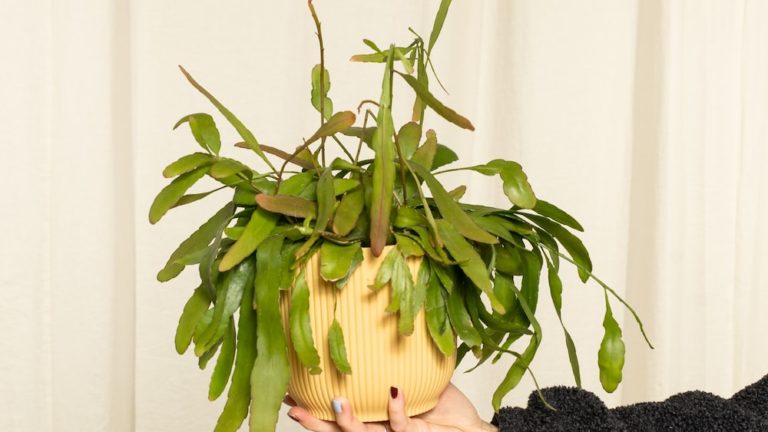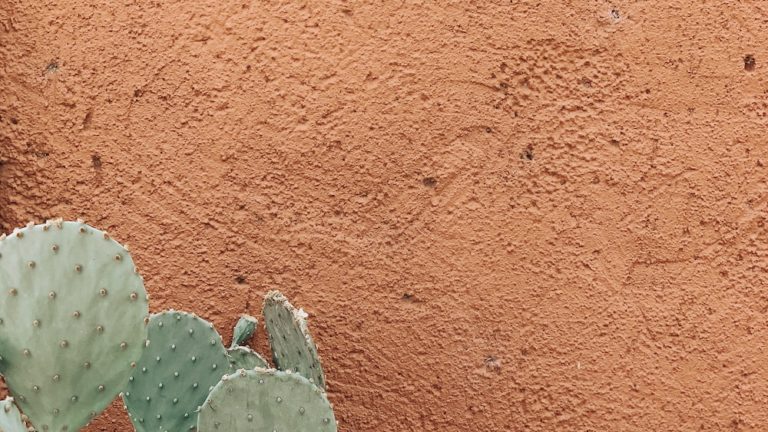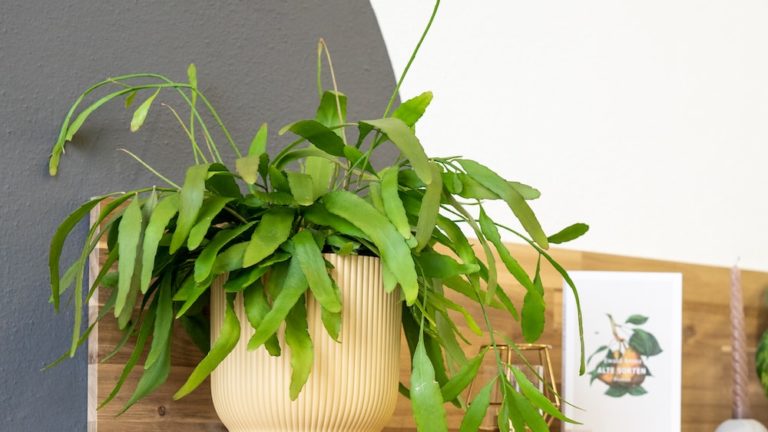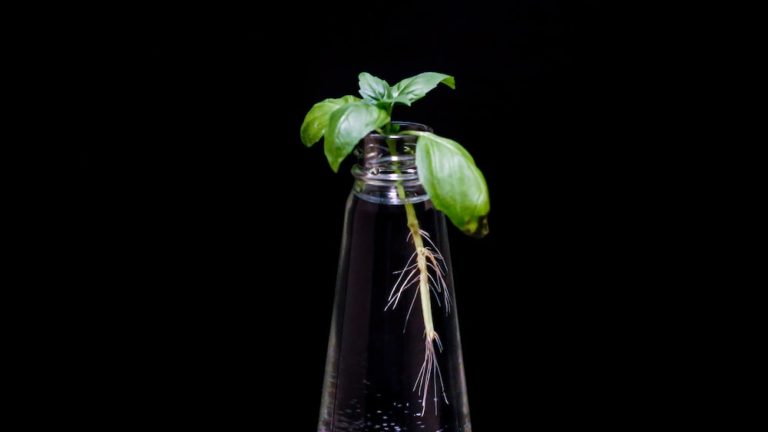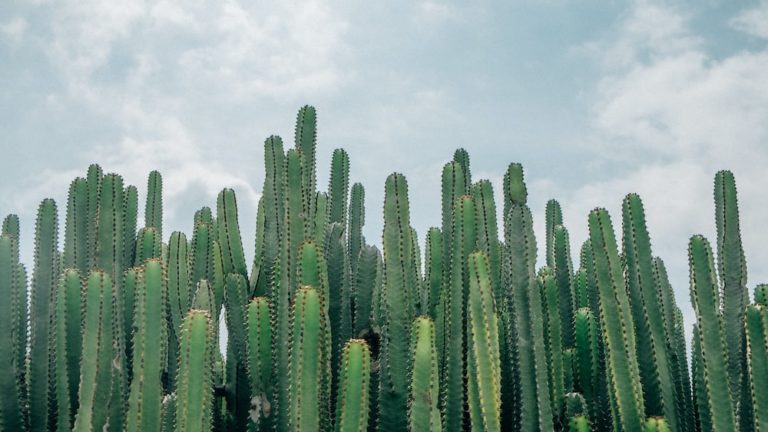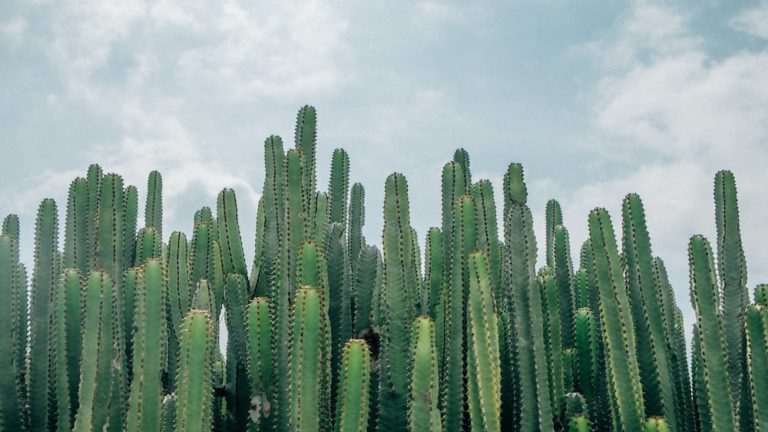Rare Rhipsalis Hoelleri: Unique Succulents and Cacti For Sale
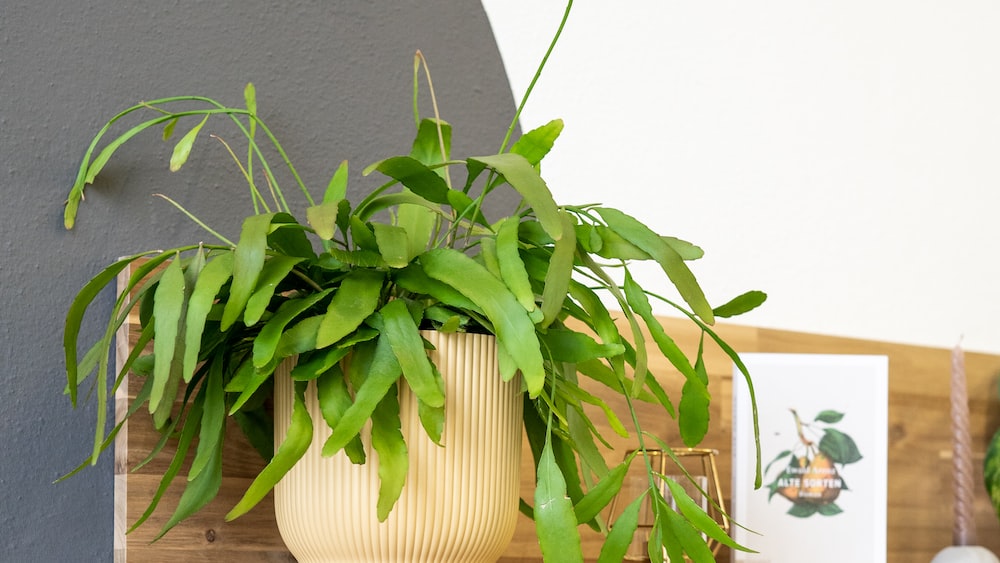
Rare Rhipsalis Hoelleri: Unique Succulents and Cacti For Sale
Welcome, dear cacti enthusiasts, to the meandering journey of the Rhipsalis Hoelleri, a cacti species as unique as they come. I, your trusty guide through this fascinating exploration, Sophia, have spent countless sun-drenched afternoons immersed in my cactus-filled paradise, observing the creative symphony of nature embodied in these succulents. Calling it a labor of love feels like an understatement.
In this blog, we will shine a spotlight on the Rhipsalis Hoelleri, weaving together detailed descriptions with heartfelt anecdotes from my experiences. Together, we will explore their distinctive characteristics, understand the specifics of their care, marvel at their resilience, and perhaps even grow one or two in our homes.
Through this exploration, I strive to share not just the ‘how-tos’, but the profound beauty and joy these cacti engender – the sort of intimacy only years of tender care can cultivate. I believe that every reader, seasoned cacti aficionado or amateurs making their first foray, will take away something valuable.
Understanding Rhipsalis Hoelleri
Delving into the world of Rhipsalis Hoelleri, we’ll begin by understanding what this cacti species is, and the unique characteristics that make it so appealing to cacti enthusiasts and plant lovers alike.
What is Rhipsalis Hoelleri?
The Rhipsalis Hoelleri is a species of cacti, from the family Cactaceae. Hailing from the expansive lands of Brazil, this plant quickly won the hearts of horticulturists and hobbyists globally. It is part of the Rhipsalis genus, which comprises epiphytic cacti – those that grow on other plants but not as parasites.
Bursting with personality, the Rhipsalis Hoelleri has a unique visual appeal that stands out in your home or garden. Known for its slender, cascading stems and stunning lace-like appearance, it manifests an almost ethereal grace that beckons the observer for a closer look.

The Rhipsalis Hoelleri is a unique and visually stunning cactus species that stands out with its slender, cascading stems and lace-like appearance.
Unique Characteristics of Rhipsalis Hoelleri
When I first laid eyes on the Rhipsalis Hoelleri, I was instantly smitten. Its thread-like stems trailed down in an organic network of jade-colored tendrils, reminding me of a dancer frozen mid-twirl. In the sun, it would emanate a soft glow, speaking volumes about its radiant vitality.
The paleness of the foliage provides a striking contrast to the floral hues that Rhipsalis Hoelleri flaunts when in bloom. Tiny, bell-shaped white flowers appear amidst the leaves, like twinkling stars in a jade galaxy. The delicate visual, accompanied by a subtle fragrance, fills the space with an aura of tranquility.
As winter segues into spring, the plant surprises yet again by producing small, cherry-like fruits. This ephemeral touch of rosy-red against the dominant green elevates the Rhipsalis Hoelleri’s aesthetic appeal and brings an unexpected pop of color into my garden, and quite possibly yours!
Rhipsalis Hoelleri Care and Culture
In spite of its exotic looks, caring for Rhipsalis Hoelleri is relatively simple if one pays attention to the plant’s needs. Let’s take a look at the light, humidity, temperature, and soil parameters best suited for the optimal growth of this plant.
Light and Exposure Requirements
These succulents are rather light-loving by nature. Ideally, you would want to place your Rhipsalis Hoelleri where it can soak up a good amount of indirect light throughout the day – perhaps in an east-facing window sill, shaded balcony, or under a translucent canopy.
- Indirect bright light: Keep it under bright but indirect light for the best growth. Too much direct light could scorch the delicate stems, leading to unsightly burns.
- Partial shade: If you’re growing your Rhipsalis Hoelleri outdoors, make sure it is in a location that receives partial shade during the hottest part of the day.
Bear in mind that these hardy plants can adapt to lower light conditions, but their growth may be slower, and they may not produce the same spectacular blooms.
Ideal Humidity Levels
Rhipsalis Hoelleri prefers a high humidity environment, as befits a plant from the tropical rainforests of Brazil.
- Humidify: You may mist the plant daily or place it in a pebble tray filled with water to maintain high humidity levels.
- Regular misting: Especially during the dry winter months, regular misting helps simulate the plant’s native humid climate.
Remember, my fellow gardeners, life, like our cacti, thrives on balance. Ensure that while fostering humidity, you refrain from overwatering, a common error that can lead to root rot and affect the plant’s overall health.
Maintain high humidity levels for Rhipsalis Hoelleri by misting the plant daily or placing it in a pebble tray filled with water, but be careful not to overwater to avoid root rot.
Temperature Tolerance
These captivating cacti prefer a temperate climate and are highly adaptable in their temperature tolerance. They can handle temperatures ranging from 15 to 25 degrees Celsius, making them suitable houseplants for most regions.
Rhipsalis Hoelleri can tolerate brief periods of cold, but make sure to bring them indoors when temperatures drop below 10 degrees Celsius. I vividly recall a particular chilly winter night when, concerned for my Hoelleri babies, I moved them indoors, cozy next to the fireplace. As the fire crackled, the silhouettes of their slender stems danced along the walls – a sight as heartwarming as it was mesmerizing.
The flexible nature of Rhipsalis Hoelleri makes it possible to grow this plant in various conditions, but optimal growth is achieved when it is kept in a consistent temperate environment.

Soil Preferences
A well-draining soil mixture is crucial for Rhipsalis Hoelleri. Given their epiphytic nature, they’ve evolved to grow in tree crevices, where soil drainage is high, and the soil composition is rather airy.
- Well-draining cacti mix: Store-bought cacti mix is a great choice for your Rhipsalis Hoelleri. It offers sufficient drainage to prevent waterlogging and subsequent root rot.
- Homemade mix: For a DIY option, you can create a mix using one-third regular potting soil, one-third peat moss, and one-third perlite or coarse sand. This mimics the airy soil conditions that the plant is accustomed to in its native habitat.
Remember, the state of the soil plays a key role in the overall wellness of your Rhipsalis Hoelleri. It’s the base where all growth begins, and ensuring it’s optimal directly contributes to a flourishing and vibrant cacti.
Potting and Maintenance of Rhipsalis Hoelleri
The tender love that a Rhipsalis Hoelleri requires echoes through every grain of its patiently curated potting soil. It’s whispered in its water drops and shouted from its meticulously selected pots. Let’s embark on this rewarding journey together, my friends.
Choosing the Right Pot
Choosing the right home for your Rhipsalis Hoelleri is much akin to finding a perfect house. We look for comfort, size, and safety, don’t we?
- Let’s start with comfort. Rhipsalis Hoelleri prefers a snug fit, so select a pot only slightly larger than the root ball.
- As a pure forest element, this cactus doesn’t need a large, airy pot. It spent much of its life growing epiphytically in its natural habitat, so a modestly-sized pot offers a comforting echo of its habitat details.
When choosing a home for your Rhipsalis Hoelleri, opt for a snugly-fitted pot that echoes the comfort of its natural habitat.
Repotting Guidelines
Determined to act, you stand with the new pot in one hand and the Rhipsalis Hoelleri in another, poised for your plant repotting ballet. Here, I offer you my sage wisdom gathered through countless plant pot trysts.
Firstly, it’s crucial to repot only when the cacti outgrow their current abode. Rhipsalis Hoelleri loves that snug enveloping feel around its roots. If it loves its current home, who am I, or for that matter, you, to tell them otherwise?
When they do wish for a change of scene (or pot), a gentle slide out after watering should suffice. Be careful not to hurt them. They are tough, but sensitivity lurks beneath their hardened exterior, much like us, wouldn’t you agree?
Then, transition them to their new home, filled with a well-drained cactus mix, a forest element dear to them. Ensure to keep them at the same soil depth as before. They’re established plants, after all.
Watering Schedule
Let’s journey together on the tricky trail of watering, my friends. Take my hand as we navigate this essential aspect of cacti care, laden with subtleties.
Rhipsalis Hoelleri stands apart from its desert-dwelling cousins, not fond of arid conditions. As a testament to its forest roots and the lush habitat details it mimics, this plant rather enjoys a good drink.
As a rule of thumb, water thoroughly once the top inch of the soil has dried out. Overwatering is a suicide wish for cacti. So is being parched for too long. A deep watering, allowing the water to run out of the drainage holes, simulates an enriching tropical downpour.
Fertilizer Needs
An opulent reception at Buckingham Palace won’t be complete without fulfilling ballroom rituals and nibbling on lavish spreads, would it? Similarly, an illuminated plant journey needs mindful fertilizing periods.
A half-strength, balanced liquid fertilizer, sporadically in summers and springs, does wonders. Providing necessary nutrients keeps your Rhipsalis Hoelleri vibrant and healthy.
While it thrives in a deep, organic matter-rich soil, replicating its natural, forest element dwelling, balancing the feeding pattern is critical. Too much of a good thing isn’t necessarily ideal.

Yet, a regular diet under careful monitoring won’t go amiss. An observation I’ve meticulously jotted in my extensive cacti diary.
Balancing the feeding pattern and providing necessary nutrients in moderation is critical for keeping your Rhipsalis Hoelleri vibrant and healthy.
Rest Period and Pruning
Once the feed frenzy of spring and summer ebbs, with the herfstwind brushing away the lush green veil revealing a more mellow landscape, our lovely Rhipsalis Hoelleri desires a bit of a lie-in.
Tempering the winter watering and withholding fertilizer demonstrates your understanding of the winter rest period. It’s marked by a reduced growth pace, allowing the plant to replenish and ready itself for fresh spring growth.
During this period, a swish of a careful blade might be required to maintain the delightful dangling shape of the cactus. Prune to encourage bushier growth and maintain a tidy plant.
Propagation of Rhipsalis Hoelleri
Propagation, to me, is the waltz of patience. Now, let’s delve into some plant propagation symphonies.
Propagation Techniques
Plant propagation dances on the beat of experimentation. Luckily, our Rhipsalis Hoelleri likes a spin on the plant propagation dance floor adopted from its natural forest element.
Stem cuttings, while simplistic, are enormously effective. Or, one can also propagate using seeds, though less common and a bit more demanding in terms of care and attention.
The adventure of watching a tiny sapling grow to a mighty plant allows us to cherish the subtleties of mother nature.
Growing from Cuttings
With your sharp sterilized tools, you slice a healthy stem delicly then put it to rest for several days. This time allows a callous to form, protecting it from rot and infection.
Once the callous is formed, plant it in a cacti-friendly potting mix. This stage requires a soft touch, my friends. The fragile shoot requires a patient hand and caring heart.
The soil should be kept slightly humid, never soggy, replicating the moist forest element. An environment that begs inspiration from its native habitat details will encourage new root growth. Cast in your stories of resilience and growth, for our Rhipsalis Hoelleri is a testament to life thriving in the most unexpected corners.
Rhipsalis Hoelleri in Home Decor
Now, with an understanding of the care and culture of the Rhipsalis Hoelleri, let’s take a delightful stroll into the world of home decor. These cacti aren’t just for the garden; they hold a beautiful mystique that can transform the atmosphere of your living space.
Styling with Rhipsalis Hoelleri
Styling with Rhipsalis Hoelleri is like intertwining a piece of nature’s art into your interior design. Their elegantly pendulous stems, like waves frozen in time, add an element of softness and fascination to any room.
Picture this: Rhipsalis Hoelleri in a charming, rustic terracotta pot sitting on your coffee table. Imagine the intrigue it stirs as its leafless, cascading tendrils sway gently, casting delicate shadows that dance across the room.
You see, these cacti are gentle whispers of the wild, a timeless ode to nature’s undeniable beauty. Whether perched on a sunny windowsill or nestled amongst a library of books, the Rhipsalis Hoelleri effortlessly adds an earthy charm and a touch of serenity to your surroundings.
Hanging Plants and Unique Arrangements
Rhipsalis Hőelleri is perfect for hanging arrangements due to its cascading growth habit. Picture it suspended in a beautiful, edge-worn brass container, its long tendrils gently trailing downwards in a delightful, green cascade.
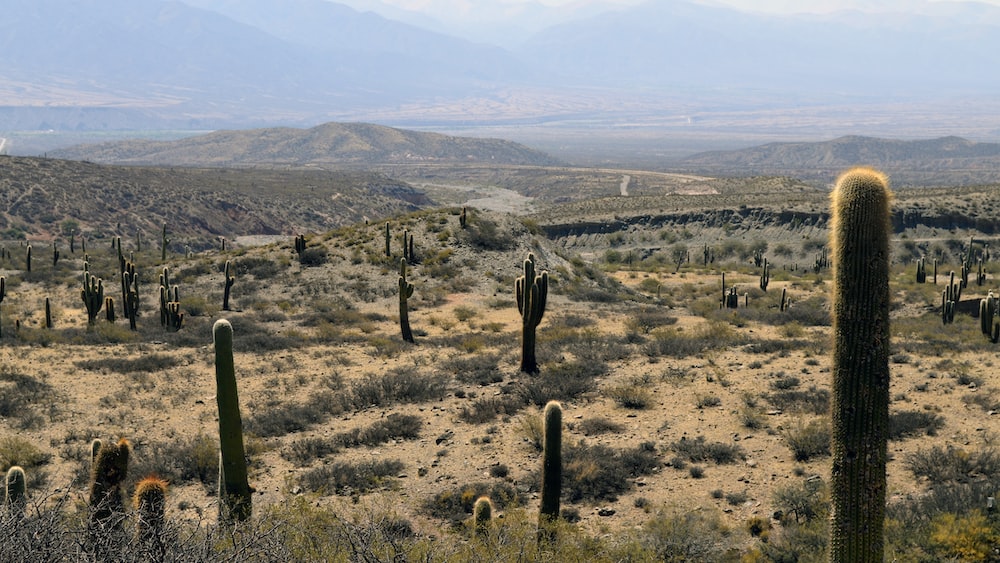
Don’t shy away from unique arrangements! A corner-shelf display of Rhipsalis, along with other succulents or air plants, can create a stunning mini garden right in your living space, evoking a sense of cozy, green sanctuary.
Create a stunning mini garden in your living space by displaying Rhipsalis Hőelleri on a corner shelf, along with other succulents or air plants, to evoke a sense of cozy, green sanctuary.
Frequently Asked Questions
1. How often should I water my Rhipsalis Hoelleri?
When it comes to watering your Rhipsalis Hoelleri, frequency depends on multiple factors. As a general guideline, water thoroughly once the top layer of the soil feels dry to the touch.
2. What type of soil is best for Rhipsalis Hoelleri?
The soil best suited for Rhipsalis Hoelleri is a well-draining cactus or succulent mix. This ensures proper moisture control and provides the plant with the right nutrients.
3. How do I propagate Rhipsalis Hoelleri?
To propagate Rhipsalis Hoelleri, you can cut a healthy stem and allow it to dry for a day or two. Then, plant it in a well-draining cactus mix and keep it in a warm, well-lit area.
4. Can Rhipsalis Hoelleri thrive indoors?
Yes, Rhipsalis Hoelleri can indeed thrive indoors. With the appropriate light, humidity levels, and care, it can be a beautiful addition to your indoor decor.
Conclusion
Having journeyed through the intriguing nature, and care and culture of the Rhipsalis Hoelleri, it is clear that these humble cacti are much more than meets the eye. They are as resilient as they are exquisite, bringing a piece of the great outdoors into our living spaces.
Embracing these plants is not just about decor; it’s about embracing a piece of nature’s ingenuity. As you invest in the care of your Rhipsalis Hoelleri, you’re nurturing life, resilience, and nature’s own craft of endurance.
Remember, my fellow nature-lovers, the language of the garden is universal. Once you’ve learned it, each leaf, each stem and each petal becomes a verse in the profound poetry of life.
Keep the essence of these words alive in your spaces and in your hearts, and let the echoes of nature thrive in your sanctuary. Till our next rendezvous in the garden of life, keep growing, keep blooming.
Yours truly,
Sophia

